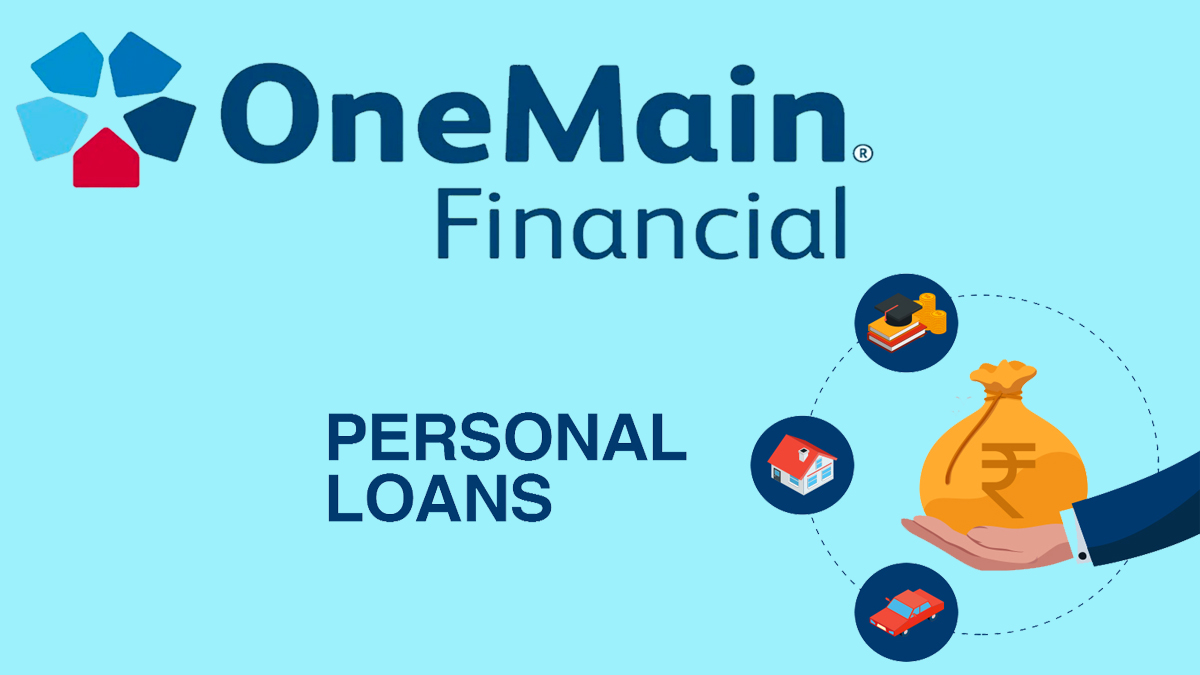When it comes to money lending, creditworthiness is very important. Unfortunately, not all borrowers can meet the strict criteria required by conventional lenders. But with a subprime loan, you will find a financial lifeline if your credit history is negatively affected and needs time to be established properly.

Apart from that, this loan type helps borrowers who have been downgraded or put down to the brink of the prime lending market as a result of low credit scores or limited credit histories, offering a link to financial opportunities that would otherwise be out of reach.
However, this assistance comes with a price, which is usually less favorable terms and higher interest rates, to reduce the increased risk lenders face. This brings us to the question: What is a subprime loan?
What is a Subprime Loan?
A subprime loan is a type of loan that provides interest rates above prime to borrowers who are not able to apply for or take out a prime-rate loan. Due to the higher risk involved with lending money or funds to borrowers, lenders set a high interest rate on the loan.
If you have a history of defaulting on loans, a low credit rating, or bankruptcy, you will come across subprime loans with higher interest rates.
Types of Subprime Loans
Subprime loans are available in different forms that meet different financial needs as well. Here are the major types:
- Interest-Only Subprime Loan
- Fixed-Rate Subprime Loan
- Adjustable-Rate Subprime Loan
- Dignity Subprime Loan
• Interest-only subprime loan
An interest-only subprime loan is a type of loan where the borrower only needs to pay the interest on the loan amount for a fixed period at the start of the loan term. This leads to lower initial payments, as the principal balance does not reduce during this period.
• Fixed-rate subprime loan
A fixed-rate subprime loan offers an interest rate that remains constant throughout the whole term of the loan. Therefore, borrowers can easily predict their monthly payments and make them before they are due to avoid default.
• Adjustable-rate subprime loan
On the other hand, adjustable-rate subprime loans begin with an initial interest rate that is typically lower than the rate on fixed-rate loans. However, this rate is variable and can change over time.
• Dignity subprime loan
A dignity subprime loan is a specific subprime loan designed as a risk-sharing model. For this loan type, the borrower agrees to a slightly higher down payment or agrees to higher initial payments, in exchange for a future benefit.
How Does It Work?
Subprime loans work by adjusting the terms of lending to account for the heightened risk posed by borrowers with lower creditworthiness. This adjustment usually means higher interest rates and may include additional fees or penalties. For example, a subprime mortgage might start with a low introductory interest rate that increases over time, significantly raising the cost of borrowing.
Who Can Qualify?
You can qualify for a subprime loan if:
- You are self-employed, starting a new business, or a retiree.
- You have a credit score below 600.
- Your loan payments and credit cards are delayed.
- You have been bankrupt for the last two years.
- You have a poor credit history.
- Your debt-to-income ratio is equal to or greater than 0.5.
- Your income is low.
- You had a foreclosure in the past 2 years.
Borrowers with any of the characteristics mentioned above can simply apply for a subprime loan because it will be hard to qualify for any loan type.
Pros and Cons
Pros
- Access to credit.
- Opportunity to improve credit.
- Financial flexibility.
Cons
- Higher costs.
- Risk of a debt trap.
- Potential for predatory lending.
How to Apply for a Subprime Loan
If you have decided to take out a subprime loan, that is good. As long as it is the best option for you. In the meantime, here are the steps you need to take to successfully apply for this loan:
• Check your credit score
Begin by checking your credit score to understand the first step in qualifying. This will give you insight into whether or not you meet the credit score requirement set by the lender. Keep in mind that subprime borrowers need to have credit scores below 620.
• Assess your financial situation
Take a closer look at your finances, including your savings, income, expenses, and debts. This will help you find out how much you can borrow and pay back.
• Research potential lenders
Not all lenders offer subprime loans, and terms can differ among lenders who do. Pay attention to online lenders, banks, credit unions, and other financial institutions that offer this loan type to people with lower credit scores.
• Compare loan offers
If you have come across and found potential lenders, begin to compare their loan offers. Look at their interest rates, fees, lending terms, and conditions as well.
• Apply for the loan
Start and finish the loan application with your selected lender. Moreover, you can apply online, over the phone, or in person.
• Examine the loan agreement carefully
You will receive an agreement if your loan application is approved by the lender, but before proceeding, go through the loan’s terms and conditions carefully, look out for any fees or penalties, and examine the interest rate, APR, and repayment term.
• Finalize the loan
Lastly, finalize the loan by signing the agreement and completing any other required steps. The lender will credit the funds by sending them to your account or by check.
Alternatives to Subprime Loans
If you do not qualify for a subprime loan, here are some alternatives that you can consider:
- Improve your credit score.
- VA loan
- FHA loan
- USDA loan
During the wait time for an alternative, you can keep making payments for your bills on time and pay more attention to improving your credit score.
FAQs
Can I refinance a subprime loan?
Yes, if your credit score improves, you may be able to refinance your subprime loan into a loan with a lower interest rate. Refinancing can help reduce your monthly payments and the total amount paid over the life of the loan.
How do I avoid needing a subprime loan?
Building and maintaining a good credit score is key. This includes paying your bills on time, reducing your debt, and avoiding opening too many new credit accounts at once. Regularly monitoring your credit report to ensure accuracy can also help.
Are subprime loans bad?
Subprime loans are not inherently bad; they offer individuals with less-than-ideal credit a chance to borrow money for important needs. However, due to their higher costs, they should be approached with caution and considered as a last resort after exploring all other options.
What is the difference between subprime and prime loans?
The main difference lies in the interest rates and terms offered. Prime loans are offered to borrowers with higher credit scores and come with lower interest rates, reflecting the lower risk of default. Subprime loans, on the other hand, are for borrowers with lower credit scores and come with higher interest rates.



